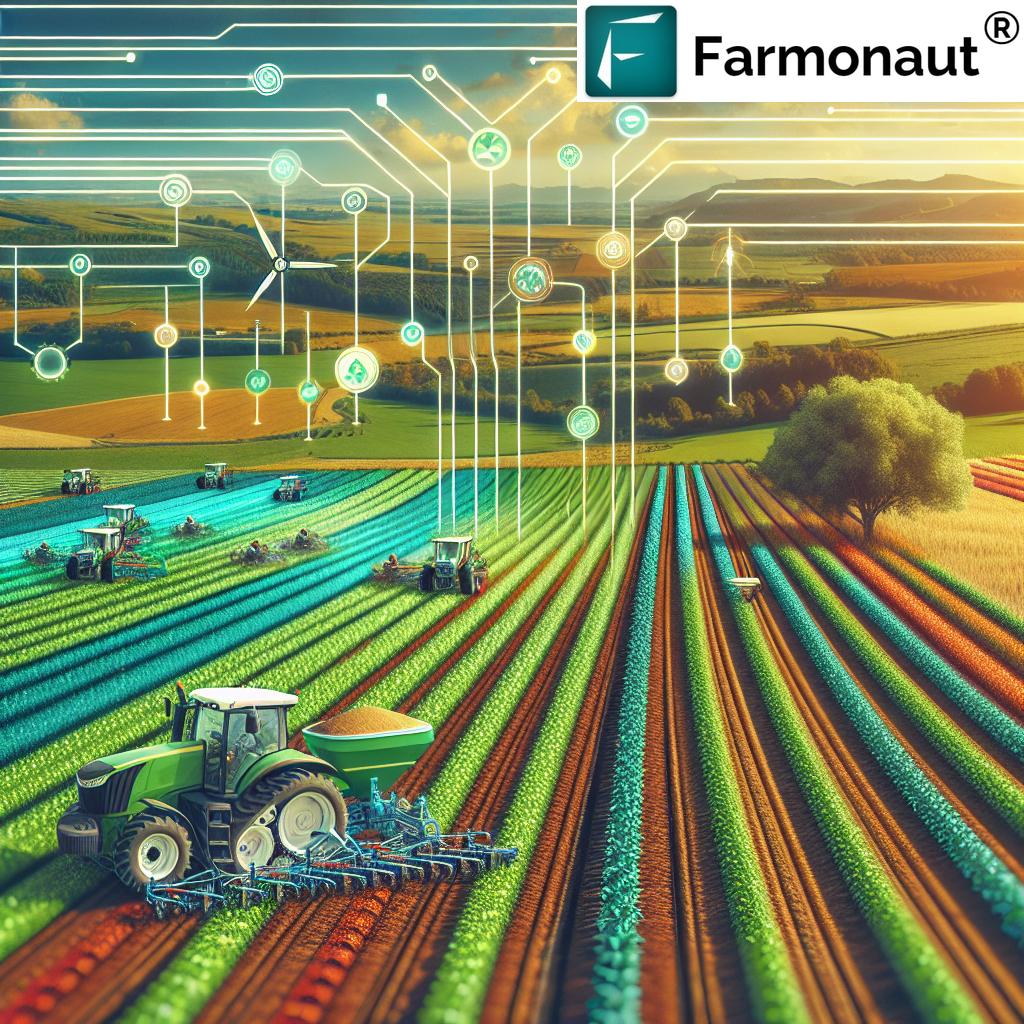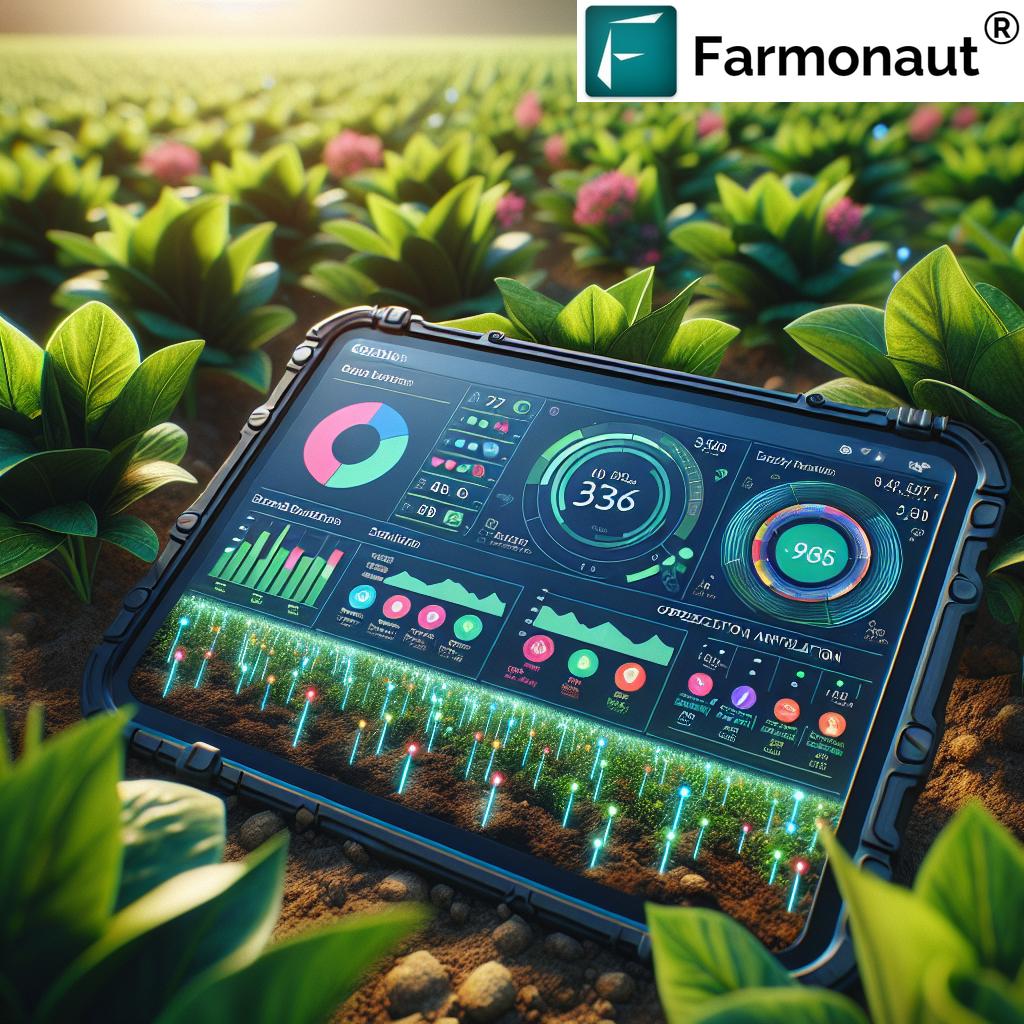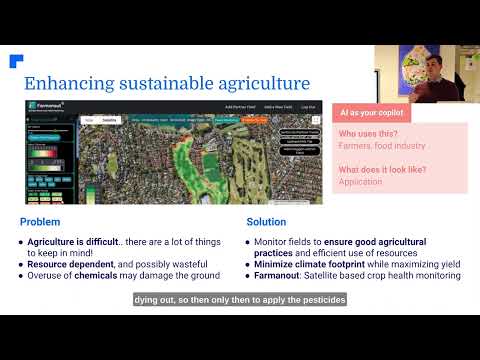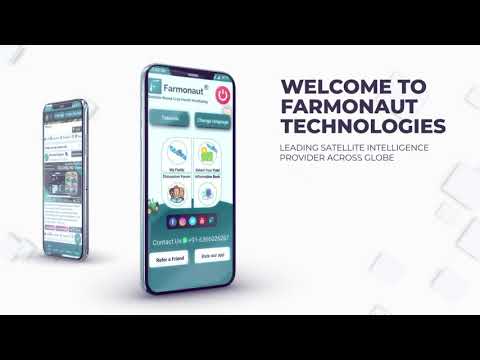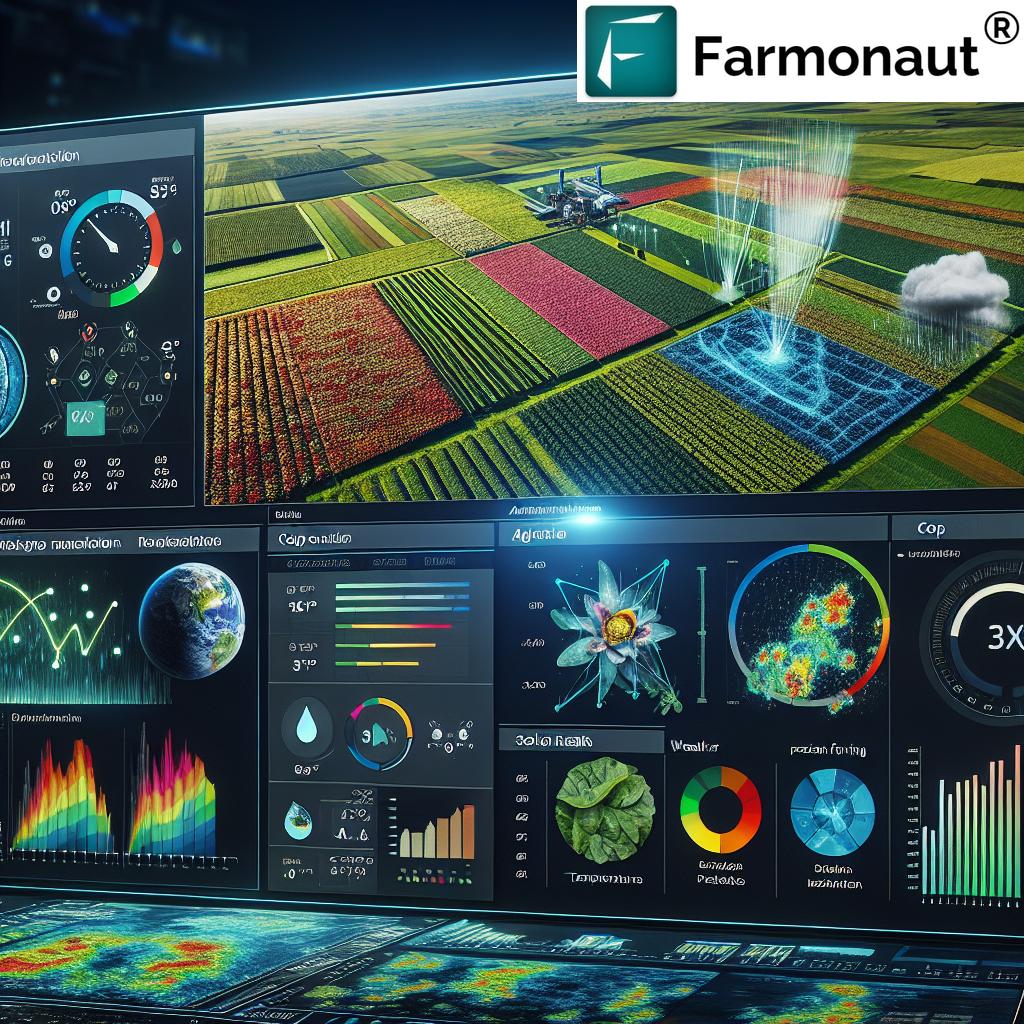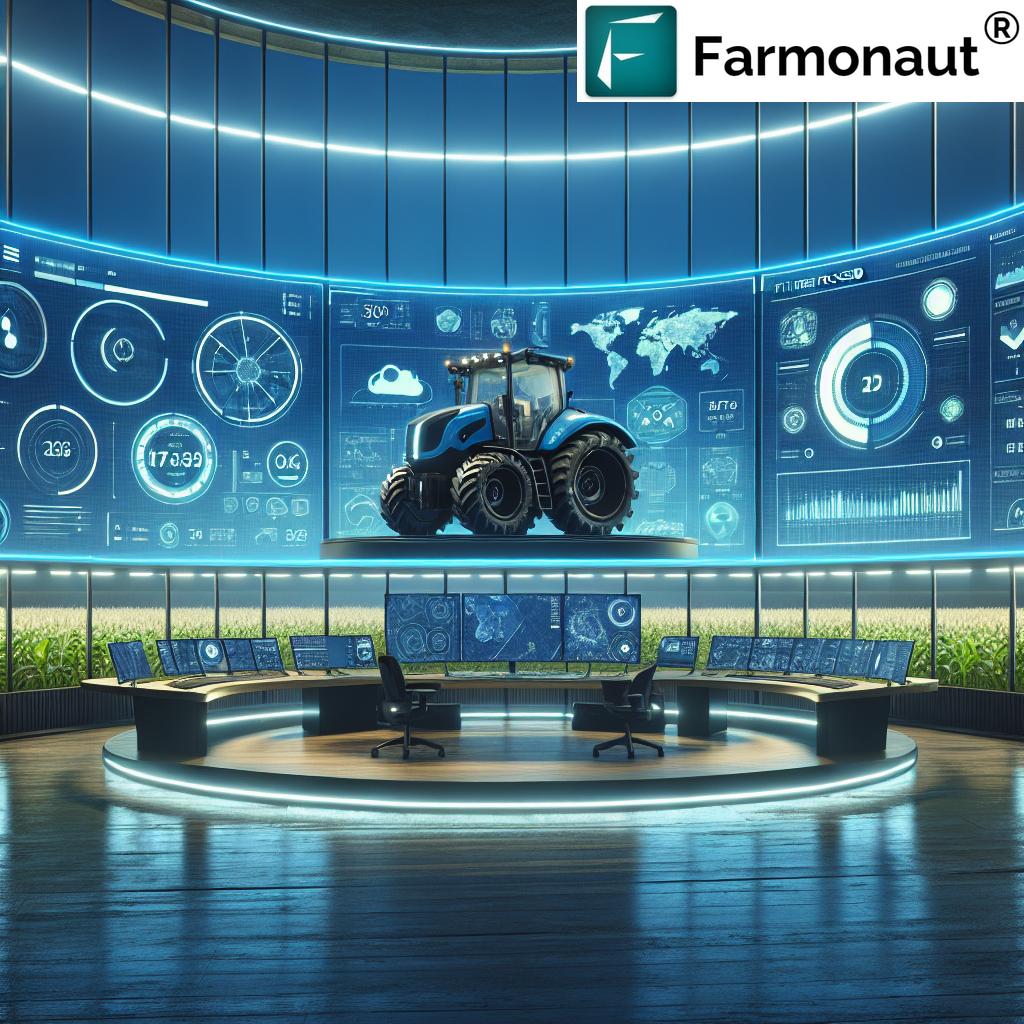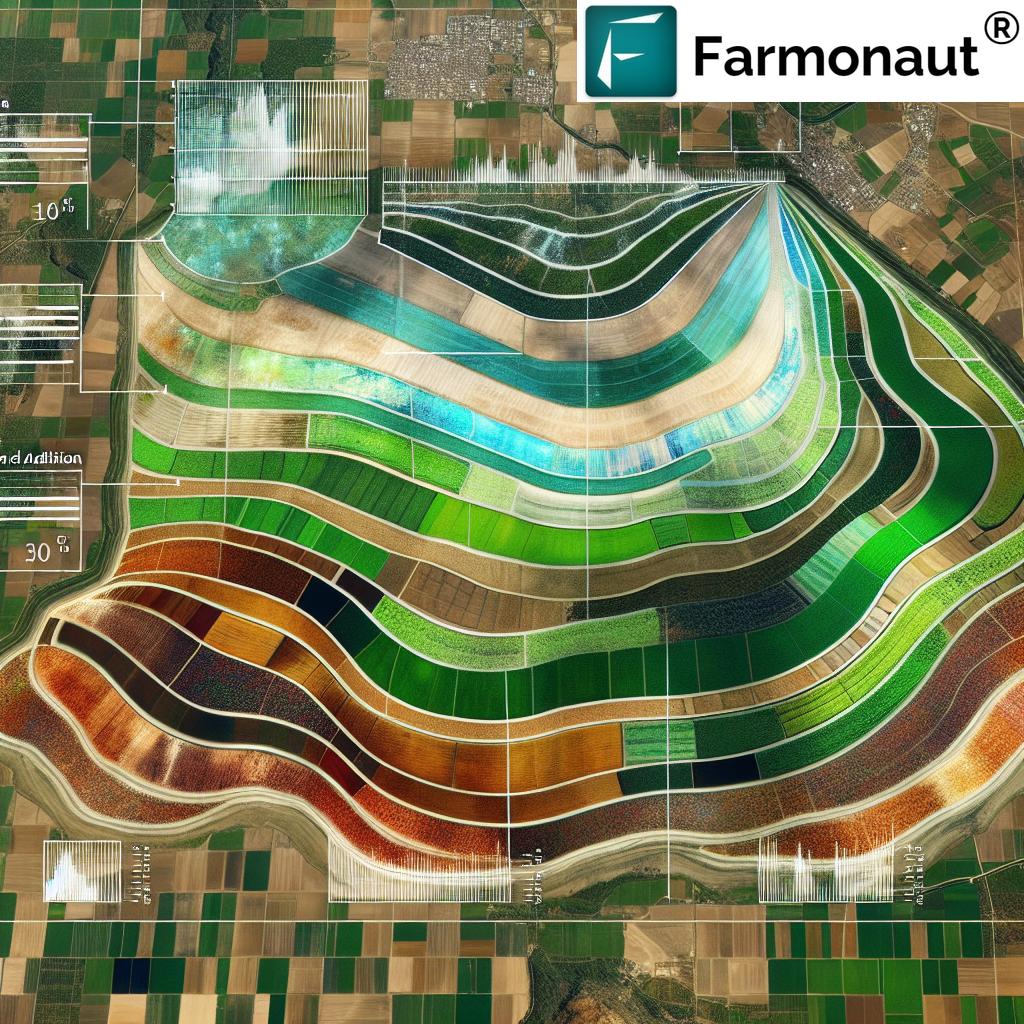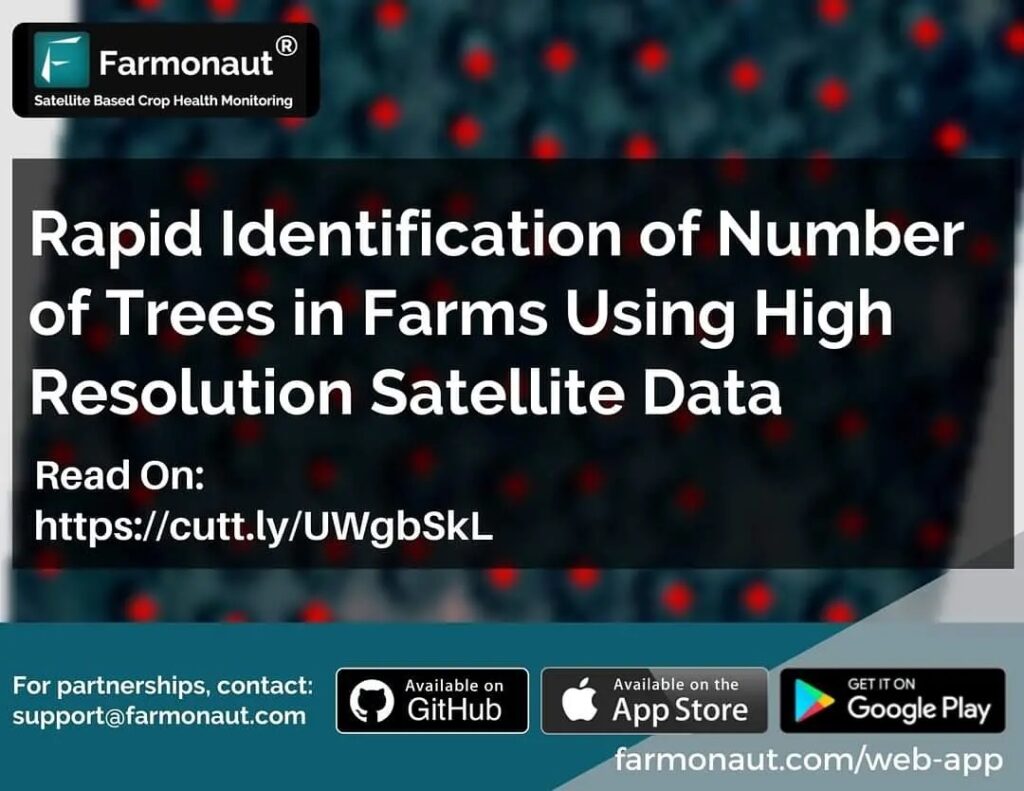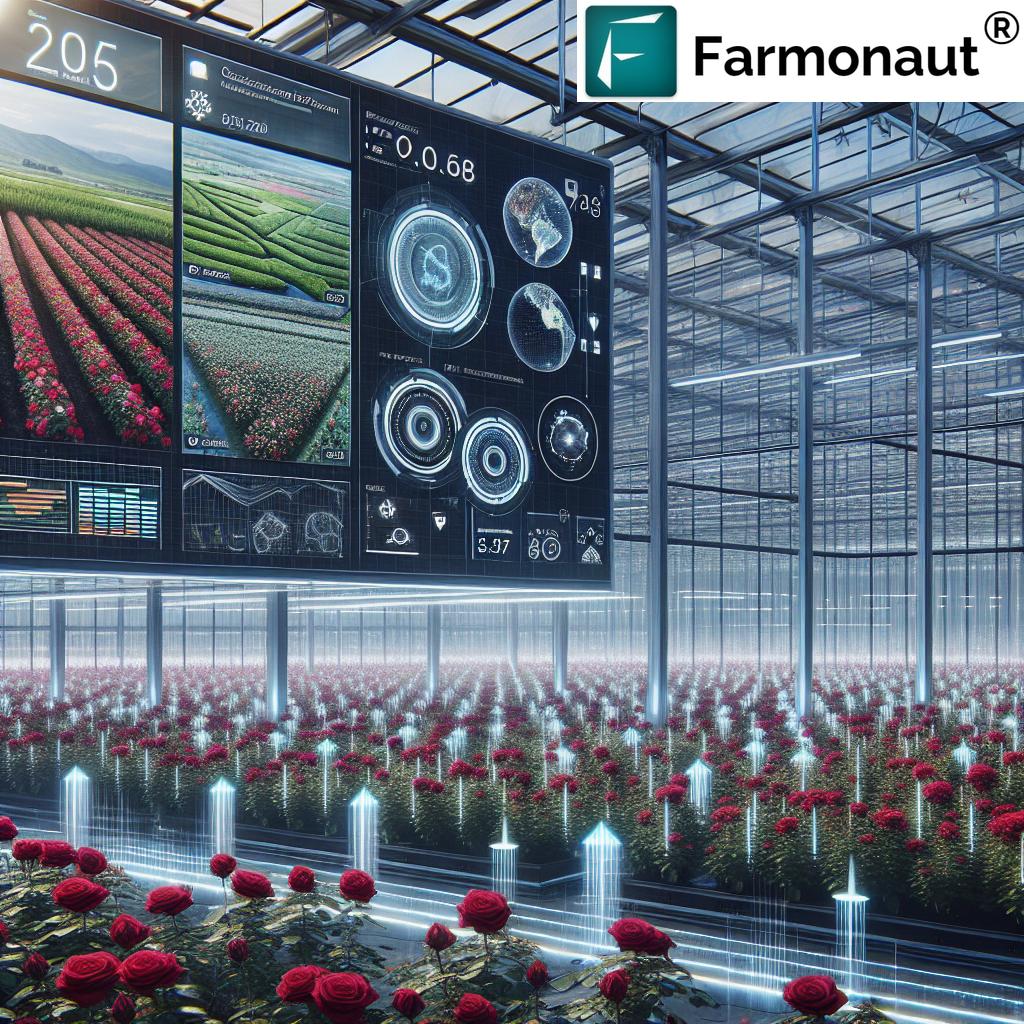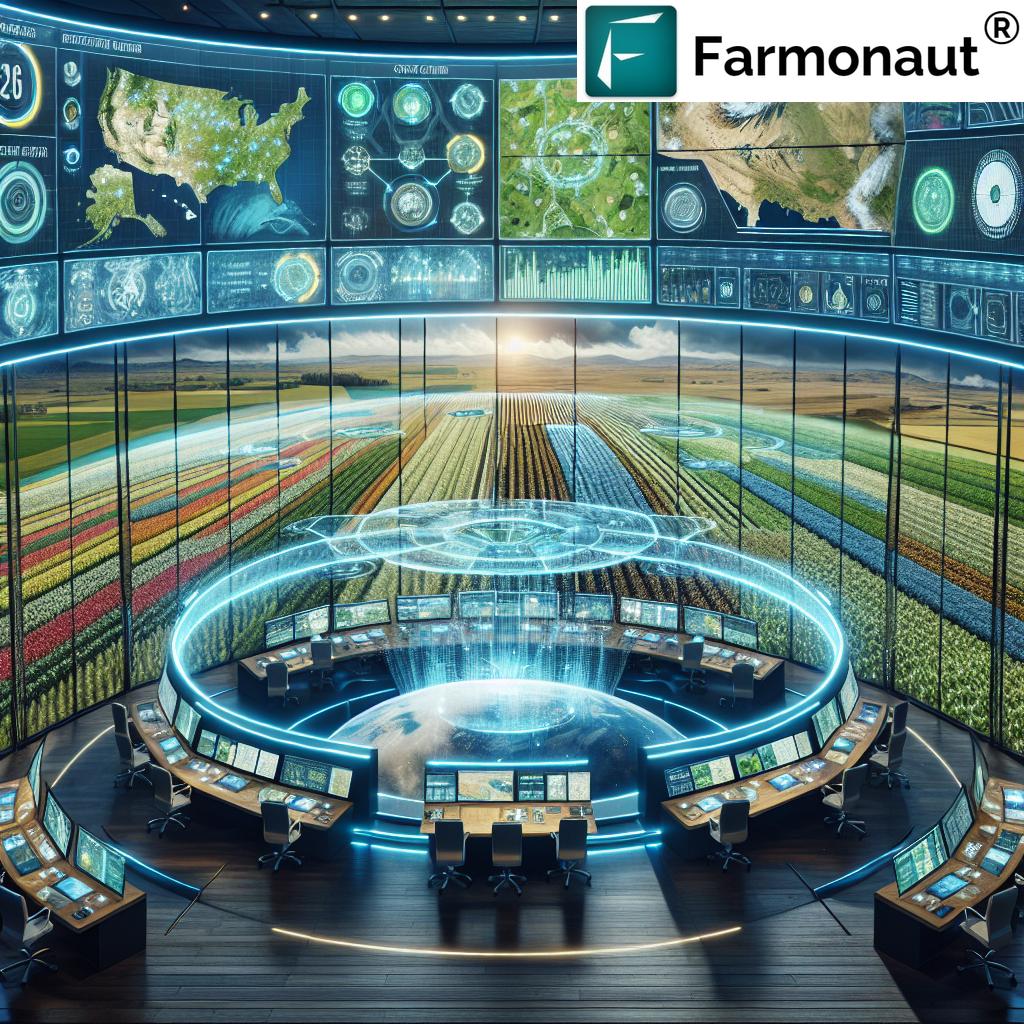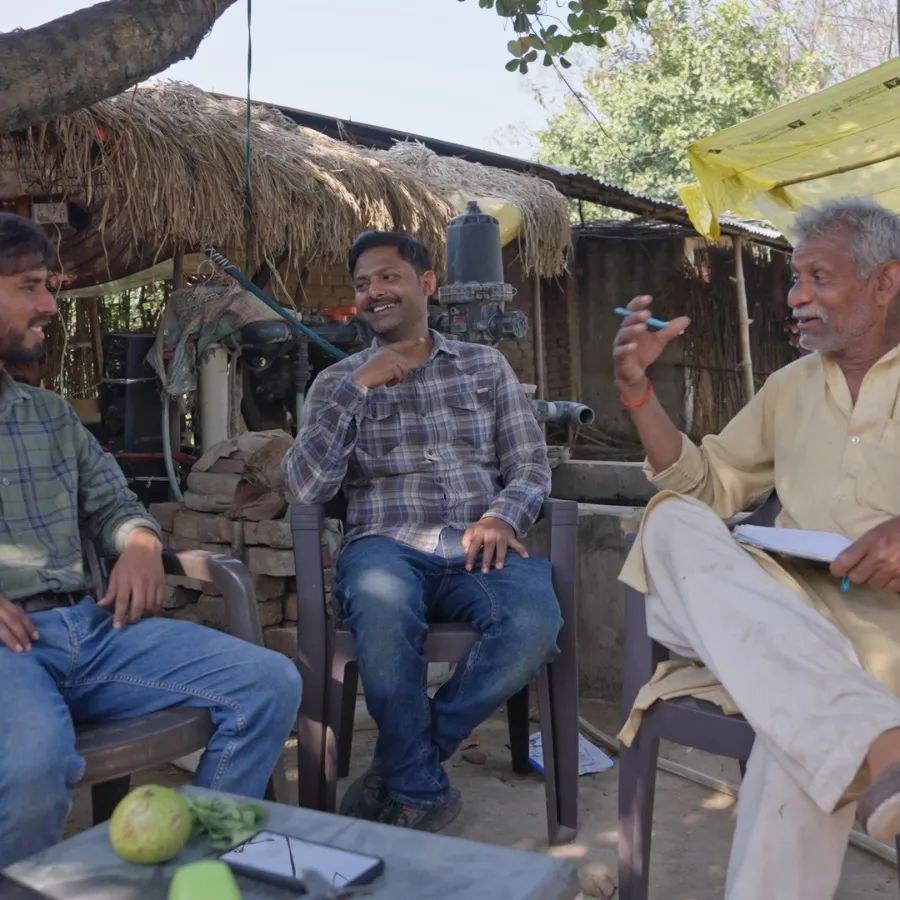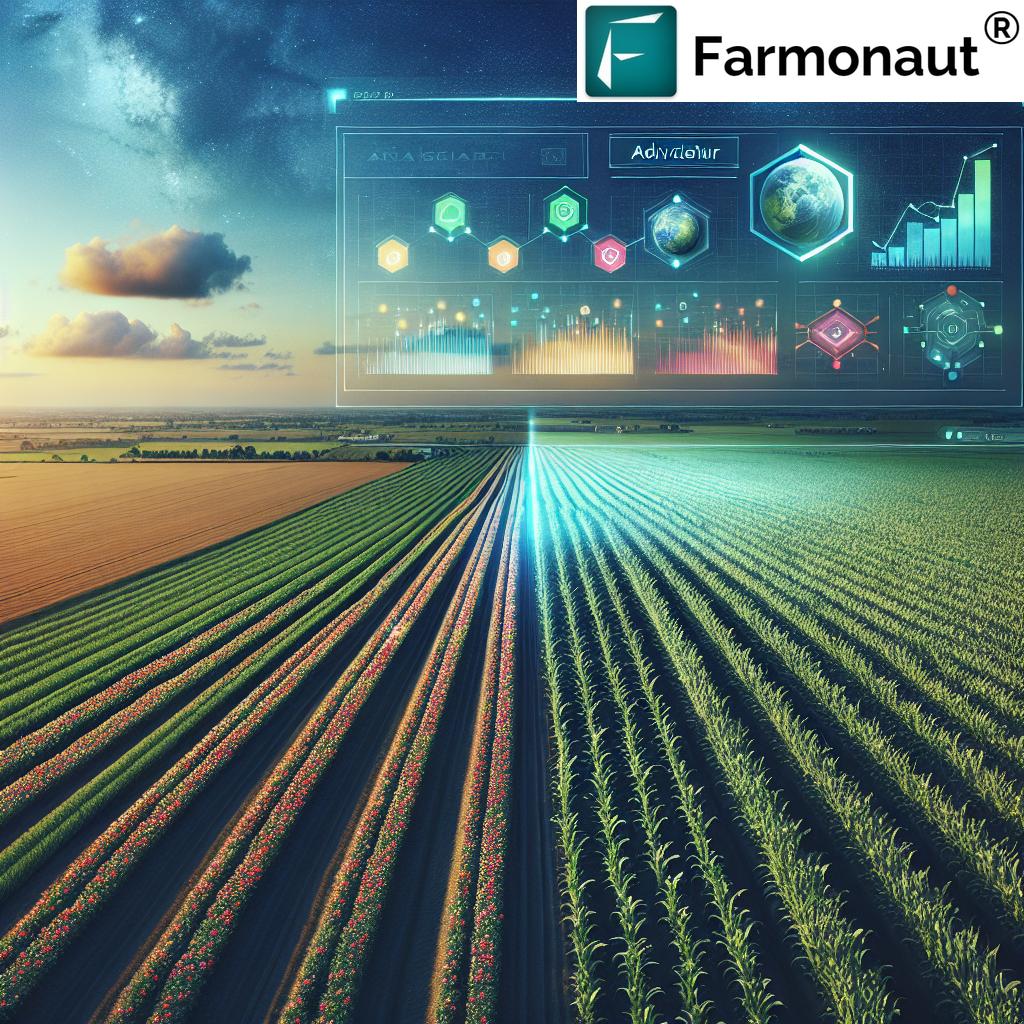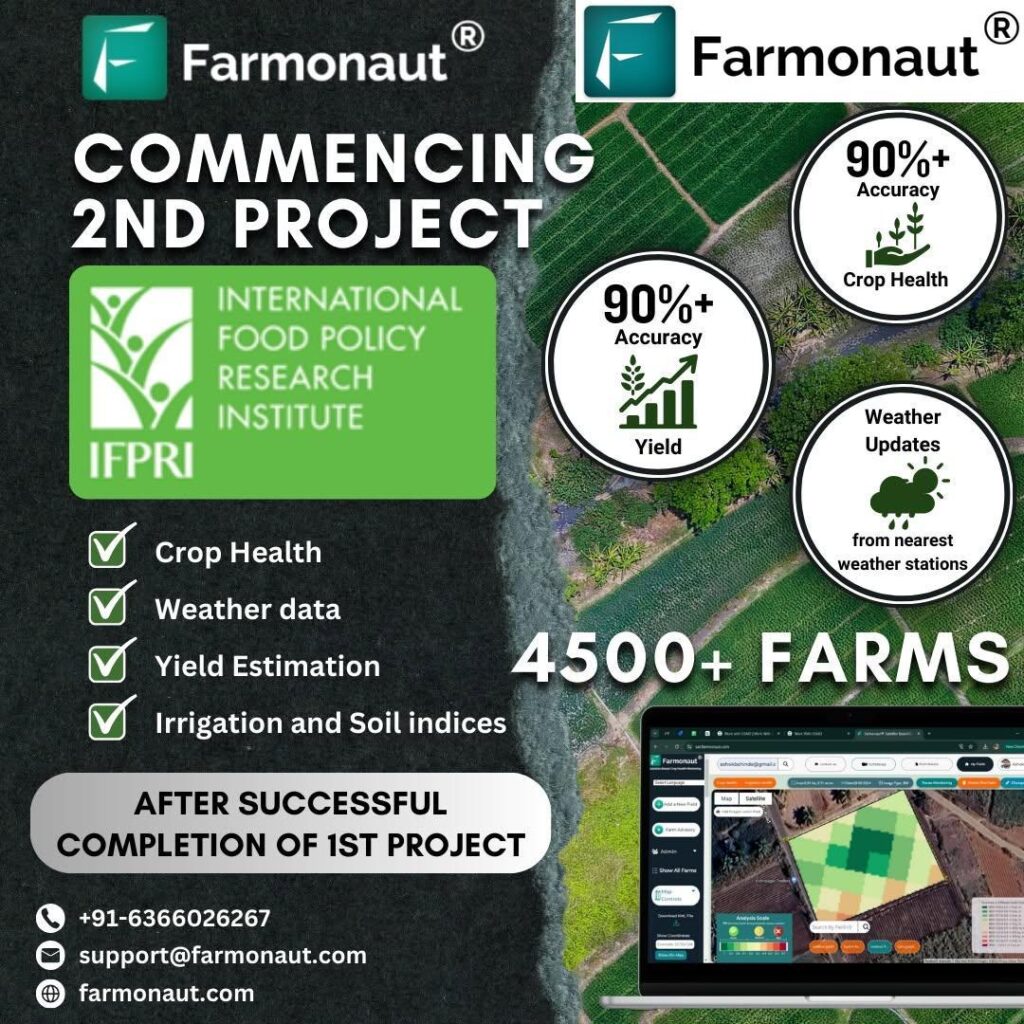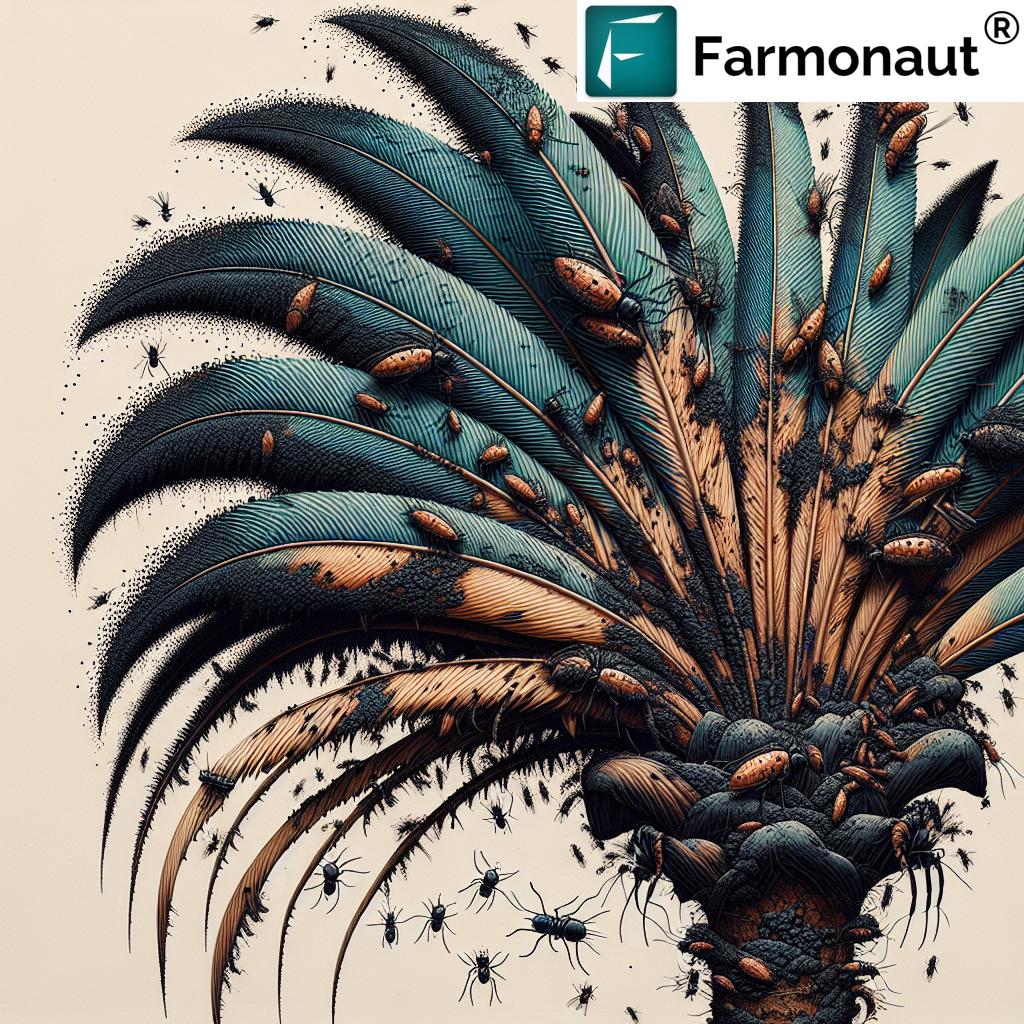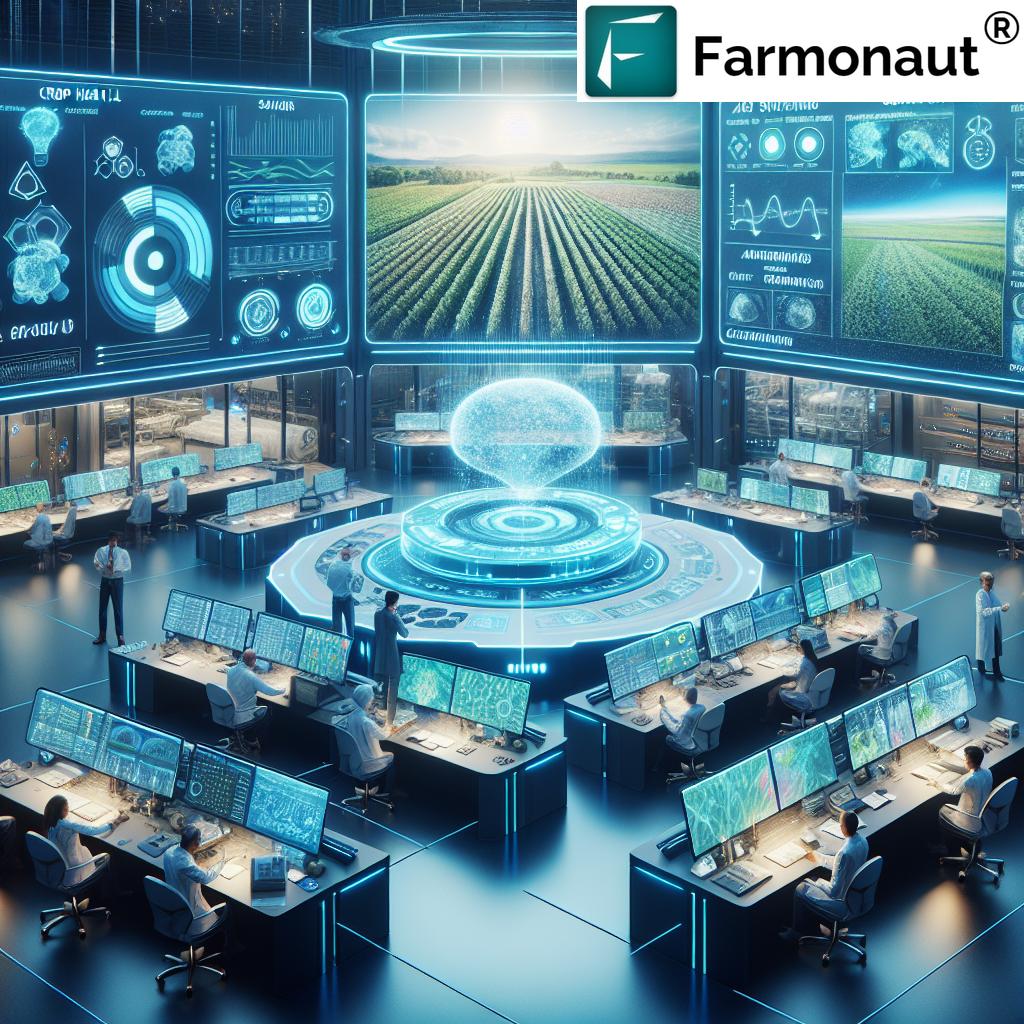AgTech Shocks: 7 Innovations Changing Farming Forever!
Introduction: The Pulse of Agricultural Technology
The world of agricultural technology—or AgTech—is undergoing a seismic shift. As populations swell and the global demand for food and resources intensifies, traditional farming methods alone can no longer suffice. Instead, we are experiencing an era defined by groundbreaking innovations: from precision agriculture solutions and smart farming technologies to the marriage of AI, IoT, and cutting-edge data analytics. These advances empower us—farmers, agribusinesses, and agricultural professionals at every level—to increase efficiency, enhance crop yields, reduce our environmental impact, and steward the land more responsibly for future generations.
In this ever-changing agricultural landscape, we all stand at the intersection of technology and tradition. With the advent of satellite-based remote sensing, robotic field machinery, the power of artificial intelligence, and blockchain-secured traceability, farming is being redefined from the ground up. But what are the real game-changers? What AgTech shocks are truly transforming farming forever?
In this comprehensive blog, we explore seven AgTech innovations that are revolutionizing how we manage soil, crops, forests, and supply chains. Along the way, you’ll discover how these technologies work, who they serve, and how they can help us all achieve more efficient, sustainable, and resilient agricultural systems.
What is AgTech? Unpacking Agricultural Technology
AgTech (agricultural technology) encompasses a wide range of technologies and digital solutions aimed at enhancing agriculture, farming, and forestry in ways that increase productivity, reduce resource usage, improve crop health, facilitate data-driven management, and boost sustainability. This includes everything from precision agriculture and GPS-enabled field monitoring to satellite imagery analysis, IoT-connected sensors, AI-powered decision support systems, and cloud-connected farm management platforms. AgTech helps us optimize inputs (like water and fertilizers), monitor crop variability in real-time, and even trace food from farm to table via secure digital ledgers.
Adoption of these technologies is not just for large multinationals—platforms like Farmonaut are making satellite-enabled precision agriculture solutions attainable for farms of any size, anywhere in the world.
We’ll now dive into the 7 AgTech innovations shaking up agriculture from the roots up, with a detailed comparative impact table below as your quick reference guide.
Comparative Impact Table of 7 AgTech Innovations
| Innovation Name | Technology Description | Key Benefits | Estimated Efficiency Improvement (%) | Estimated Cost Savings (%) | Sustainability Impact (1-5) |
|---|---|---|---|---|---|
| Precision Agriculture Solutions | GPS, satellite remote sensing, VRT, data analytics for site-specific crop management | Higher yields, input optimization, reduced waste | +15–30% | 10–25% | 5 |
| Farm Automation and Robotics | Autonomous tractors, robotic harvesters, automated milking and weeding | Reduced labor, 24/7 operations, increased safety | +10–20% | 8–20% | 4 |
| Drones in Agriculture | Aerial imagery, targeted spraying, crop health surveillance | Early detection, real-time interventions, reduced chemical use | +12–22% | 10–18% | 5 |
| Artificial Intelligence in Farming | Machine learning, image recognition, predictive analytics | Predictive decisions, improved crop health, proactive management | +12–25% | 8–18% | 4 |
| IoT for Agriculture | Network of soil sensors, weather stations, connected devices | Resource efficiency, remote monitoring, timely alerts | +14–28% | 12–26% | 5 |
| Regenerative Agriculture Practices | Soil management analytics, biodiversity tracking, advanced monitoring | Improved soil health, carbon sequestration, resilience to climate | +10–18% | 6–14% | 5 |
| Sustainable Forestry & Supply Chain Innovations | Satellite monitoring, blockchain traceability, logistics optimization | Reduced waste, transparency, compliance | +8–16% | 8–15% | 4 |
1. Precision Agriculture Solutions: Data-Driven Field Management
Precision agriculture is transforming the way we approach soil, crop, and resource management. Leveraging GPS, advanced remote sensing (satellite imagery), and big data analytics, farmers can now gather detailed information about field zones, crop variability, and soil health. Armed with this actionable data, we can optimize inputs like fertilizers, water, and pesticides with unprecedented precision, reducing waste and environmental impact.
- Variable Rate Technology (VRT): Allows the precise application of water, fertilizers, and chemicals, tailored to the specific needs of micro-zones within a field.
- Carbon Footprint Tracking: By integrating carbon footprint analytics into field practices, we can manage inputs for both efficiency and compliance.
- Soil Monitoring: Using sensors and satellite analysis to assess soil moisture, nutrient content, and microbial activity, paving the way for true sustainable agriculture.
- Real-Time Crop Monitoring Systems: Tools such as those provided by Farmonaut unlock powerful, satellite-driven insights into vegetation indices, pest stress, and more.
By employing precision agriculture solutions, we address the growing global demand for food while conserving resources and enhancing yields—critical steps as weather patterns change and natural inputs become scarcer.
Download the latest Farmonaut App to start using satellite imagery and crop monitoring dashboards on your:
2. Farm Automation and Robotics: Machines Taking Root
With labor shortages and the increasing complexity of field management, farm automation and robotics are fast becoming essential. Autonomous tractors, robotic harvesters, and even automated milking systems in dairy farming act as tireless workers, carrying out precision planting, weeding, and harvesting with minimal human intervention.
- Increased Efficiency: Automation enables around-the-clock work, reducing risk of human error and maximizing productivity.
- Advanced Sensors and AI: These machines utilize multispectral sensors, GPS, and real-time data processing to navigate fields and handle crops delicately. Fleet management technology allows us to monitor and optimize the entire vehicle and equipment ecosystem.
- Reduces Labor Costs: Repetitive, physically demanding tasks are handled by machines, freeing up human resources for higher-value work.
- Farm Management Dashboards: Integrate efficiency data, operational timing, and logistics for optimal outcomes.
Through automation and robotics, we can not only meet the increasing labor challenges but also raise the bar on safety, consistency, and field outcomes.
3. Drones in Agriculture & Remote Sensing: Eyes in the Sky
Unmanned aerial vehicles—drones—equipped with multispectral cameras, sensors, and thermal imagers, have become the watchful eyes of modern farms. Drones in agriculture offer real-time aerial imagery to:
- Monitor Crop Health: Early detection of pests, diseases, water stress, and nutrient deficiency using NDVI, NDRE, and other vegetation indices.
- Optimize Inputs: Enable variable-rate applications of pesticides and fertilizers, targeting only stressed or infested areas, thereby reducing chemical waste and environmental impact.
- Precision Mapping: Generate high-resolution field maps to inform planting, irrigation, and harvest logistics.
- Assess Outcomes: Post-harvest, drones evaluate yields, monitor residue management, and report on field health over time.
Whether flying over corn in Iowa, vineyards in France, or rice paddies in India, drones have made real-time data collection accessible to all.
Tip: Comprehensive remote monitoring capabilities are available via the Farmonaut Agro Admin App for those managing multiple fields or vast tracts—perfect for agribusinesses and researchers.
4. Artificial Intelligence in Farming: Smarter Decisions, Higher Yields
Artificial intelligence in farming is revolutionizing how we analyze vast sets of data, anticipate threats, and drive decisions. Today’s AI algorithms ingest satellite imagery, drone footage, weather forecasts, and sensor data to spot trends and patterns no human eye could detect in real time.
- Early Detection of Diseases and Pests: AI models quickly analyze aerial and field images to identify plant stress, infestations, or disease, suggesting targeted interventions before the outbreak becomes widespread.
- Yield Prediction: Based on cumulative environmental data, AI estimates best harvest dates, potential crop yields, and resource requirements.
- Weather and Irrigation Decisions: AI systems like Farmonaut’s Jeevn AI deliver field-specific advisory, guiding us with timely, informed decisions for irrigation, fertilization, and crop management tailored to current and forecasted conditions.
- Resource Optimization: By correlating historical and real-time data, AI ensures we don’t overapply inputs, thus lowering costs, reducing environmental footprint, and increasing sustainability.
AI’s ability to “see” what we can’t, and to do so at any scale, makes it a cornerstone of precision agriculture solutions worldwide.
For developers and enterprises, Farmonaut API enables integration of AI-driven, satellite-derived field insights directly into your own agri-data systems or advisory platforms.
5. IoT for Agriculture: The Internet of Things Transforms Smart Farming
The Internet of Things (IoT) connects a web of field sensors, weather stations, and monitoring devices, delivering real-time data directly to our desktops and mobile devices. With IoT for agriculture, smart farming is no longer the future—it’s today!
- Soil Moisture Sensors: Track moisture levels to trigger irrigation systems only when necessary, conserving water and saving on costs.
- Weather-Responsive Irrigation: IoT-connected systems factor in rainfall, temperature, and humidity before scheduling watering—preventing over- or under-irrigation.
- Livestock Tracking: Embedded tags and remote sensors monitor health, location, and growth rates of livestock, allowing for timely, targeted interventions.
- Integration with Mobile & Web Apps: Get instant alerts when a sensor detects abnormal soil pH, low moisture, or risky weather conditions. Farmonaut’s platform makes these real-time readings actionable, improving farm management even when we’re offsite.
These smart farming technologies power the precision, efficiency, and sustainability modern farming demands, whether on a single field or across thousands of hectares.
6. Regenerative Agriculture Practices and Technologies
As the push for sustainable agriculture innovations accelerates, focus is growing on regenerative agriculture practices: restoring soil, enhancing biodiversity, increasing carbon sequestration, and improving water cycles.
- Soil Health Monitoring: Digital platforms using advanced sensors and satellite data assess microbial diversity, nutrient levels, and organic matter.
- Precision Planting & Cover Cropping: AI-driven tools recommend optimal crop rotations and planting patterns to replenish soil health.
- Carbon Footprinting: Track and manage a farm’s CO2 emissions with tools like Farmonaut Carbon Footprinting. Real-time reports empower us to meet climate compliance standards, appeal for green financing, and run verified, lower-impact operations.
- Controlled Grazing: IoT and satellite tools enable adaptive livestock management to avoid overgrazing and promote pasture regeneration.
By embracing regenerative agtech, we move from sustainability to environmental restoration, securing long-term food production and planetary health.
7. Sustainable Forestry & Supply Chain Innovations
Modern agriculture extends its reach far beyond the field. Today’s AgTech innovations impact forestry management, product traceability, and agricultural supply chains with powerful technology:
- Satellite-Based Forest Monitoring: Combats illegal logging and supports forest conservation by offering high-frequency updates on forest density and tree health.
- Blockchain-Based Traceability: Farmonaut Traceability ensures every product—be it timber, cotton, or food—can be tracked from origin to consumer. This transparency builds trust, prevents fraud, and guarantees ethical sourcing.
- Supply Chain Optimization: Real-time tracking of products, fleet, and storage conditions decreases loss and waste while increasing supply reliability. For actionable logistics improvements, Farmonaut offers a robust Fleet Management platform.
From precision forestry to transparent blockchain records for large food companies, AgTech ensures high standards of environmental protection, product safety, and supply chain efficiency.
Farmonaut Subscription: Unlock Full Precision Farming Power
Ready to take your farm, plantation, or agri-business to the next level with real-time crop monitoring, resource management, and tailored AI advisories?
Farmonaut’s Role: Making Advanced AgTech Accessible—Everywhere
Farmonaut is not an input manufacturer or an online marketplace. Instead, Farmonaut is a trailblazer in agricultural technology, offering accessible, scalable, and subscription-based precision agriculture and farm management solutions across Android, iOS, and web platforms.
- Satellite-Based Crop Monitoring: Real-time alerts for crop health, soil moisture levels, and vegetation stress help make informed decisions that reduce input costs, enhance yields, and conserve natural resources.
- AI-Powered Advisory: Jeevn AI guides farmers with personalized, field-specific advice, integrating weather data, remote sensing, and analytics.
- Blockchain Traceability: Secure food chains and agricultural records with blockchain technology—ideal for food, textile, and timber industries that require reliable proof of product origin and journey.
- Resource & Fleet Management: Centralize all farm operations in one dashboard, monitor labor/asset efficiency, and optimize transport & fleet with Fleet Management solutions.
- Agri-Finance & Insurance: Improve your access to credit and insurance with satellite-based verification tools.
- Large-Scale Farm Management: For cooperatives, governments, and large agribusinesses, check out Agro Admin App for precision monitoring across geographies.
Through its affordable subscription model, Farmonaut brings cutting-edge AgTech to farms of every size, everywhere—enhancing productivity, facilitating sustainability, and building trust throughout the global food and fiber supply chain. Join the revolution with Farmonaut today.
Frequently Asked Questions (FAQ): AgTech, Precision Agriculture & Farmonaut
Q1: What is AgTech and why is it important?
AgTech stands for agricultural technology. It refers to modern technologies, tools, and solutions aimed at improving the efficiency, productivity, sustainability, and traceability of agriculture, farming, and forestry. With the increasing global demand for food and resources, AgTech is vital to meet production needs while conserving inputs and limiting environmental impact.
Q2: How do precision agriculture solutions improve farm yields?
By using data-driven insights from GPS mapping, satellite remote sensing, and variable rate technology, farmers can apply fertilizers, water, and chemicals only where needed. This increases crop yields, reduces waste, and lowers costs—all while helping maintain soil health over time.
Q3: What makes Farmonaut different from other AgTech providers?
Farmonaut democratizes precision agriculture by eliminating the need for costly hardware investments. With Farmonaut, users get satellite-based crop health monitoring, AI-guided advisories, blockchain traceability, and advanced resource management—all from any mobile or web device, at affordable subscription rates. Its solutions suit everyone from smallholders to large agribusinesses and government agencies.
Q4: Is AgTech adoption only for large farms or corporations?
No. Modern AgTech—especially via platforms like Farmonaut—is accessible and affordable to small, medium, and large-scale farms, cooperatives, and even NGOs and government organizations. Subscription models and pay-for-what-you-use access broaden adoption for everyone.
Q5: How does satellite-based crop monitoring work?
Satellite imagery captures multispectral data over farms and forests, revealing crop vigor (NDVI), water stress, soil quality, and early warning signs of pests or diseases. Platforms like Farmonaut distill this complex data into easy-to-action insights within their apps and dashboards.
Q6: Can AgTech improve environmental sustainability?
Absolutely. AgTech innovations—including VRT, IoT irrigation, carbon footprinting, and regenerative practices—reduce chemical waste, conserved water, and encourage soil-restorative operations, enabling farmers and companies to both comply with and exceed modern sustainability standards.
Q7: Where can I access Farmonaut’s tools and solutions?
On the web (browser app), Android (Google Play), and iOS (App Store). You can also use their API for integrating agri-data into your own digital ecosystem. Farmonaut subscriptions can be tailored by crop area, frequency of updates, or additional features like traceability and carbon tracking.
Conclusion: The Future of AgTech and Sustainable Farming
The AgTech revolution is reshaping every aspect of agriculture—from how we monitor soil and crop health, to how we market and trace food products worldwide. Precision agriculture solutions, farm automation and robotics, drone-based imaging, artificial intelligence, IoT connectivity, regenerative practices, and blockchain-secured supply chains are not just innovations—they are necessities for our farms and forests to thrive in a world of constrained resources and changing climates.
With accessible, app-based tools—like those from Farmonaut—and an embrace of sustainable agriculture innovations, we all can participate in the next era of abundant, climate-smart, and transparent food and resource production. Let’s continue to learn, adapt, and deploy these technologies for a brighter, greener, and more secure agricultural future.
Your next step? Try out Farmonaut’s platform and see firsthand the transformation AgTech can bring to your operation, community, and the planet.


